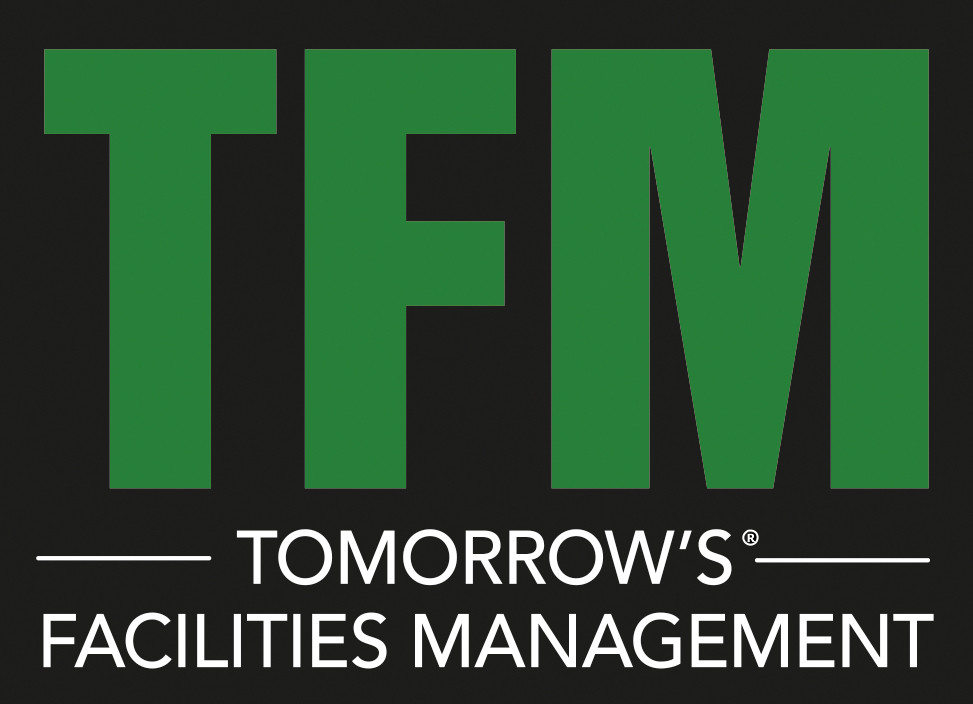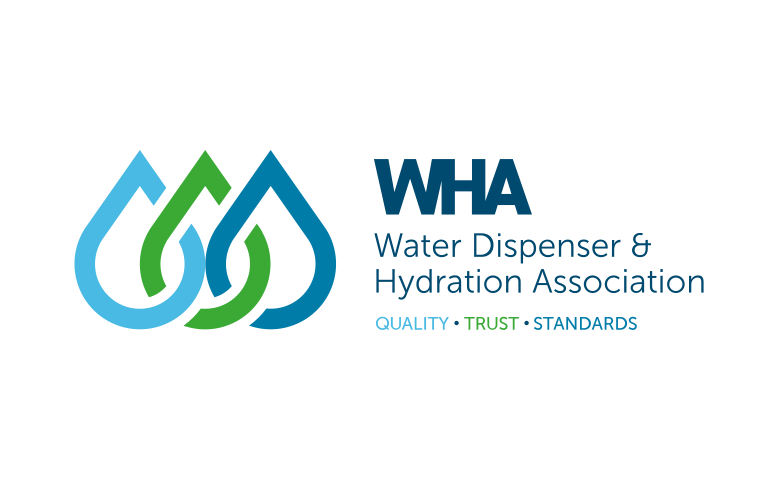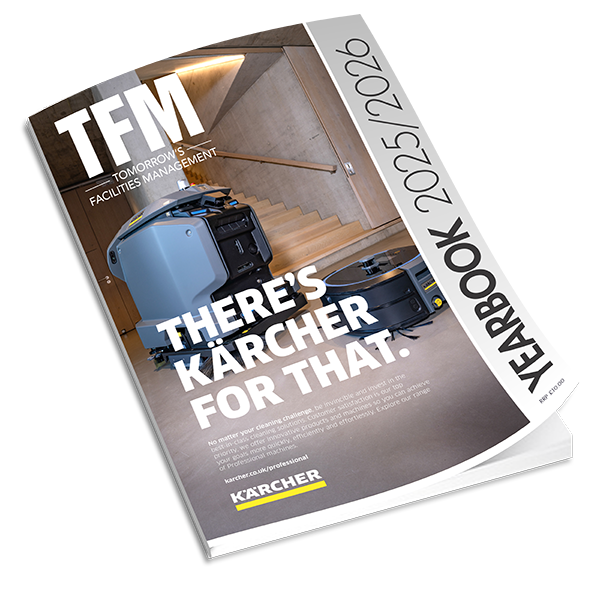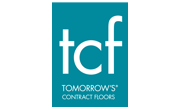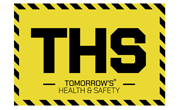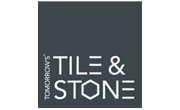The Building Engineering Services Association (BESA) has published a checklist of key actions to help building owners and operators prepare for the radical health and safety changes contained in the Building Safety Act.
New legislation, which came into force last month, is set to transform the current culture across construction and introduce the most dramatic change to building safety in almost half a century, says BESA.
While much of the national publicity around the Act focused on fire safety and standards of new building work, the implications for all aspects of safe operation of existing buildings are significant. This prompted the Association to prepare a simple five-point checklist that addresses the key responsibilities of those likely to be affected by the legislation.
The Act requires a named individual for each in scope building who can be held legally accountable for actions and omissions in planning, procurement, and operation. The ‘accountable person’ must be competent to “plan, monitor and manage” work, according to the legislation.
SFG20, part of the BESA group, produces the industry’s standard for planned service and maintenance work, and has examined the detail of the legislation and identified the specific implications for those responsible for maintenance. The checklist will help building operators prepare for the digital ‘golden thread’ of information needed to satisfy their new legal obligations.
The new Building Safety Regulator, supported by the Health & Safety Executive (HSE), will be carrying out in-depth reviews of 12,500 ‘high risk’ buildings over the next five years to look for safety breaches, and has the power to retrospectively punish past poor quality work making it important for those responsible to have clear records of all work already complete or currently underway – not just future projects.
The Act applies to high-rise, and other in-scope, higher risk buildings, starting with those of 18m+ in height, or at least seven storeys, where the spread of fire or structural flaws can lead to a loss of multiple lives.
Steve Tomkins, SFG20’s Director of Product and Business Development said: “If you own or are responsible for maintaining a building that falls within scope, then you must take immediate action to ensure you have up-to-date records of all your installed systems.
“Our checklist can help you do that and creating an asset register is an obvious first step. Maintaining assets correctly will provide financial and operating benefits in addition to ensuring the building is compliant.”
The golden thread of information must be available in a digital format – and the information needs to be accurate, up to date, easily understandable and accessible by those who need it. The SFG20 checklist also makes the link between installed systems and the need for planned maintenance that keeps them operating safely and efficiently.
Specific safety issues such as appropriate refrigerant use and the condition of pressure vessels are included in the checklist, which guides facilities managers in how to create comprehensive records and fill in any risk gaps.
There is also a duty of care on all equipment installers to provide good quality, accurate information. It is important that they can provide evidence that they installed an asset to the correct specification as they can also face retrospective action under the new laws, according to Tomkins.
“The new Act really puts compliance in the spotlight, making it critical that all maintenance activities can be tracked, monitored, and evidenced. Data must be readily accessible and able to be shared quickly with anyone who needs it – not least the emergency services,” he added.
This will also lead to greater pressure on contractors to keep their competence and compliance training and verification up to date, according to BESA.
“A digital audit trail is your legal protection and insurance, so companies need to put a long-term strategy for their digital transformation in place,” said Tomkins. “As our reliance grows on technology, so issues such as security, privacy, availability, resilience and auditability are likely to become more commonplace, so it’s important to partner with competent IT providers.”
The Act will also put greater focus on the compliance of any planned new build or major refurbishment work and SFG20 emphasised the importance of considering the maintenance of new building assets early in the process.
Tomkins said: “This is not just about ensuring safety and staying legal – it is about long-term value for money. Around 80 per cent of a building’s cost throughout its lifetime comes from maintenance, whereas the initial construction costs are just 20 per cent.
“By assessing the likely cost of maintaining a building before finalising the designs, you will be able to remain compliant and save money.”



